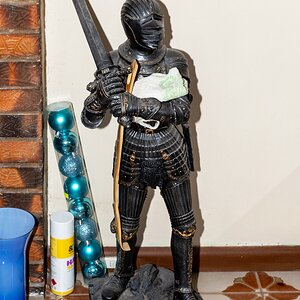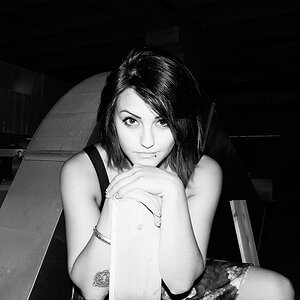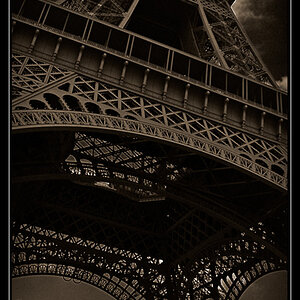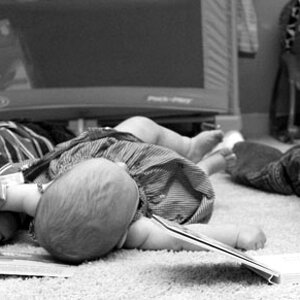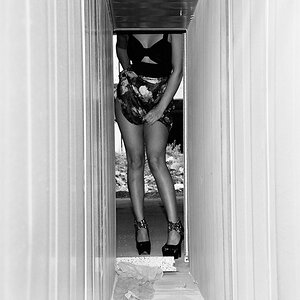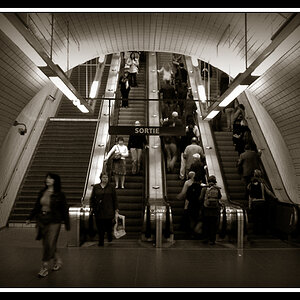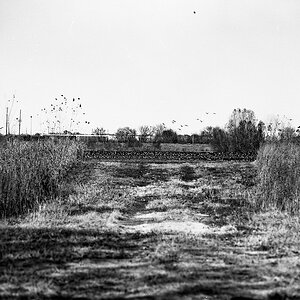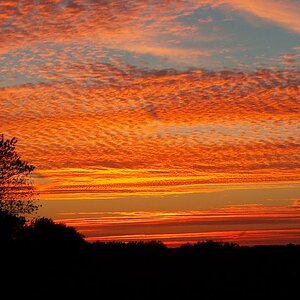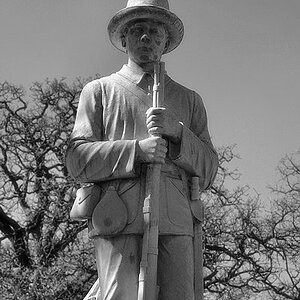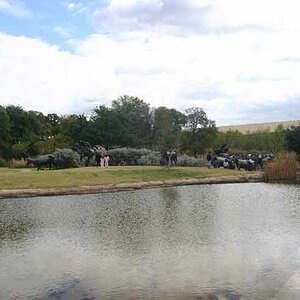OnTheFly7
No longer a newbie, moving up!
For those familiar with the e640 and shooting low light sporting events, what size reflectors are you running?
I am going to be shooting quite a few rodeo events this season that begin around 7:00pm (right before dusk) and then continue into full darkness. One or two events will also be indoors. Due to this, I am picking up 4 e640's soon, then possibly adding 2-4 more come the indoor events in the winter.
As it stands, I am thinking of ordering the 8.5" reflectors, but I was also looking at the 11" Long Throw reflectors. I just wonder if the 11" is needed.
Any thoughts on this?
I am going to be shooting quite a few rodeo events this season that begin around 7:00pm (right before dusk) and then continue into full darkness. One or two events will also be indoors. Due to this, I am picking up 4 e640's soon, then possibly adding 2-4 more come the indoor events in the winter.
As it stands, I am thinking of ordering the 8.5" reflectors, but I was also looking at the 11" Long Throw reflectors. I just wonder if the 11" is needed.
Any thoughts on this?


![[No title]](/data/xfmg/thumbnail/37/37245-5f15b292311b21913f10cc41f40682ba.jpg?1619737952)
